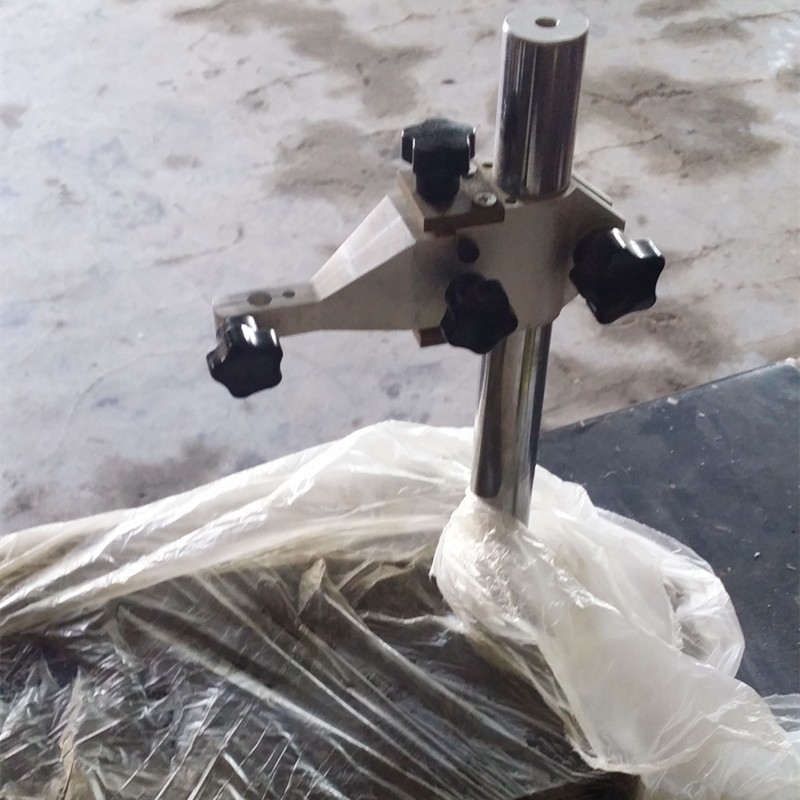Nov . 03, 2024 12:35 Back to list
types of thread gauge
Types of Thread Gauge A Comprehensive Guide
Thread gauges are essential tools in engineering and manufacturing, particularly for ensuring the proper fit and function of threaded components. These gauges help to measure and verify the dimensions of threads, thereby ensuring high-quality standards in production and assembly processes. There are several types of thread gauges available, each designed for specific applications and types of threads. This article will explore the key types of thread gauges and their uses.
1. Go/No-Go Gauges
Go/No-Go gauges are among the most common types used in thread measurement. They come in pairs one part (Go) is designed to fit onto the thread, while the second part (No-Go) should not fit. The Go gauge checks if the thread is within the acceptable limits, while the No-Go gauge ensures the thread hasn’t exceeded its maximum limit. This binary approach is crucial for quality control in assembly lines, allowing manufacturers to quickly and accurately assess whether threaded parts are acceptable.
2. Thread Micrometers
For greater precision, thread micrometers are utilized. These instruments provide a detailed measurement of thread pitch and diameter, often allowing for adjustments to be made based on their readings. Thread micrometers measure the minor and major diameters of the threads and can also help determine the thread pitch. They are suitable for applications requiring high precision, such as aerospace and military industries.
3
. Plug GaugesPlug gauges, also known as internal thread gauges, are used to measure the internal dimensions of threaded holes. They come in a series of specific sizes that correspond to the thread sizes being measured. Plug gauges help ensure that the internal threads are correctly cut and within tolerance levels. They are crucial for parts where precise fitting is necessary, such as in threaded inserts and bolted connections.
types of thread gauge

4. Ring Gauges
In contrast to plug gauges, ring gauges measure the external dimensions of threaded components. These gauges are critical for checking the external threads on bolts and screws. The ring gauge is designed to slip over the external thread, allowing users to verify the fit directly. Similar to plug gauges, they are available in Go/No-Go configurations for efficient quality assurance.
5. Thread Pitch Gauge
Thread pitch gauges are simple yet effective tools used to measure the pitch of threads. They typically consist of a series of blades, each with a different pitch, enabling users to quickly identify the pitch of a given thread. This is particularly useful in maintenance work, where matching a new part to an existing thread is necessary.
6. Profile Gauges
Profile gauges are specialized tools used to measure the thread form. They can assess whether the shape and dimensions of the thread adhere to specific standards, such as Unified National Thread Standards or Metric Thread Standards. Proper thread form is crucial for the mechanical performance and strength of threaded connections.
Conclusion
In conclusion, the choice of thread gauge is dictated by the specific requirements of the application at hand. From simple Go/No-Go gauges to more complex thread micrometers and profile gauges, each tool has its unique advantages. By understanding the different types of thread gauges and their applications, engineers and manufacturers can ensure that threaded components meet stringent quality control standards, leading to enhanced reliability and performance in their products.
-
Why the Right Angle Ruler Reigns in MetalworkingNewsJul.21,2025
-
The Enduring Allure of Granite Boxes in Modern InteriorsNewsJul.21,2025
-
The Digital Gauging Revolution: Reshaping Thread Rings Inspection's FutureNewsJul.21,2025
-
How Modern Inspection Platforms Transcend Surface MeasurementNewsJul.21,2025
-
How Customization Drives Wholesale Success in Parallel RulersNewsJul.21,2025
-
Fortifying Permanent Steel Ground Anchors Against Corrosion's OnslaughtNewsJul.21,2025
Related PRODUCTS









